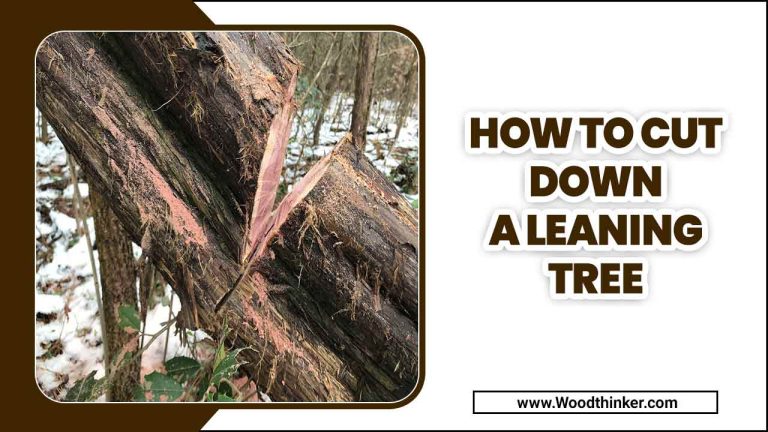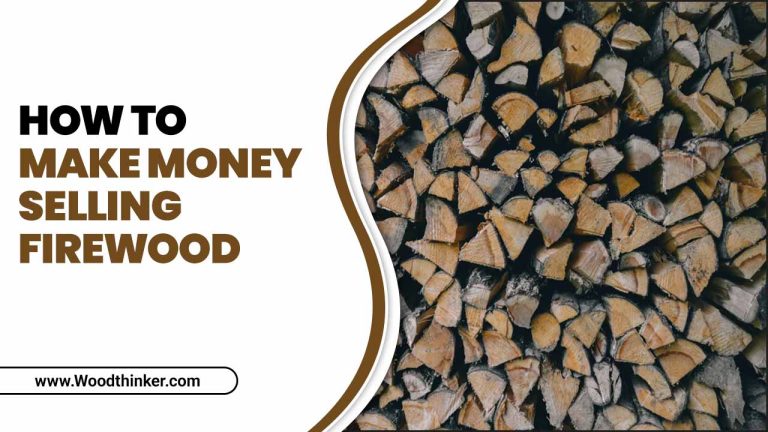The Fastest Way To Dry Wet Firewood: The Simple Diy Method
Drying wet firewood is a common challenge many homeowners and outdoor enthusiasts face, especially during the colder months. Wet firewood not only poses difficulty in starting a fire, but it also releases excessive smoke and creates a sizzling sound, making it a less efficient option for heating.
Furthermore, wet firewood can lead to a creosote buildup in the chimney, increasing the risk of a fire. To avoid these issues and efficiently use firewood for heating or cooking, knowing the fastest way to dry wet firewood is crucial. Here, we will explore the fastest and most efficient ways to dry wet firewood, ensuring you can enjoy a hot, clean-burning fire all winter.
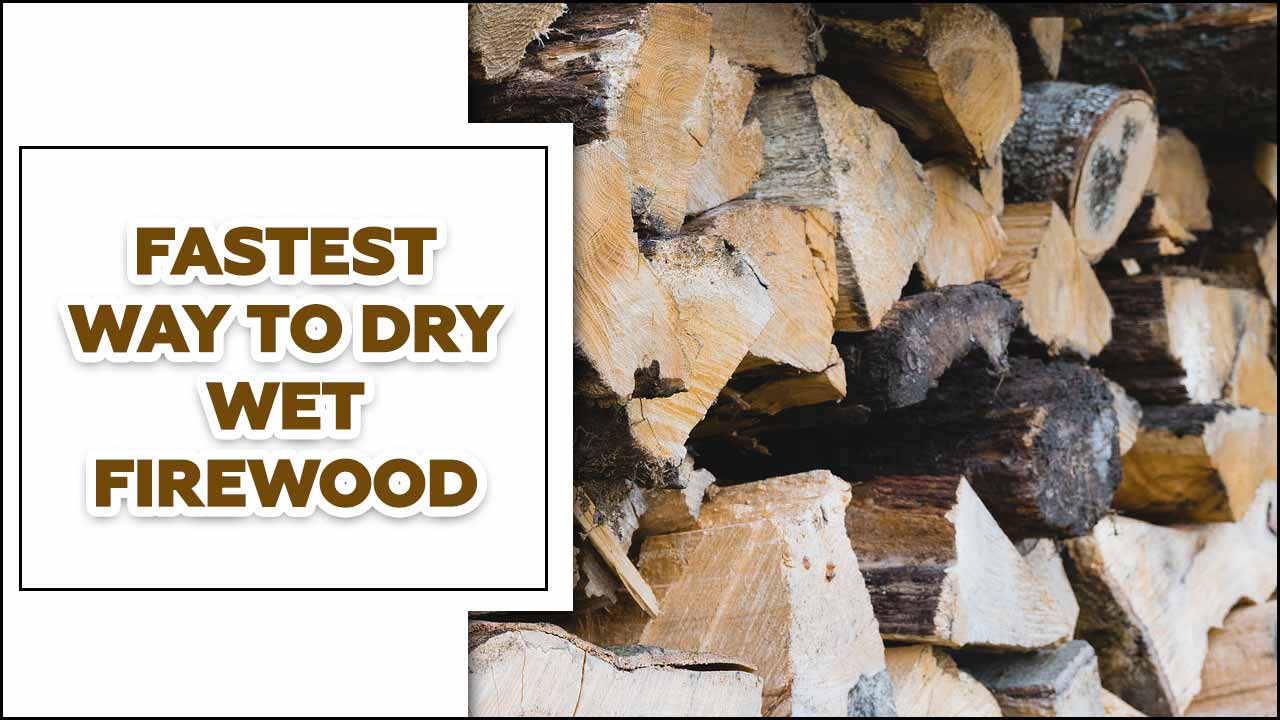
Why Is It Important To Dry Wet Firewood?
Moisture content plays a crucial role in the burning efficiency of firewood. Wet firewood contains high moisture, making it difficult to ignite and maintain a fire. On the other hand, dry firewood burns efficiently, producing more heat and less smoke. Properly dried firewood provides a more comfortable and enjoyable heating experience and reduces the risk of chimney fires.
Seasoned firewood results in less creosote buildup, a flammable substance that can accumulate in the chimney and ignite, causing a fire. Additionally, well-seasoned firewood ensures good airflow and less moisture content, allowing for the most efficient and effective heating.
The Risks Of Burning Wet Firewood
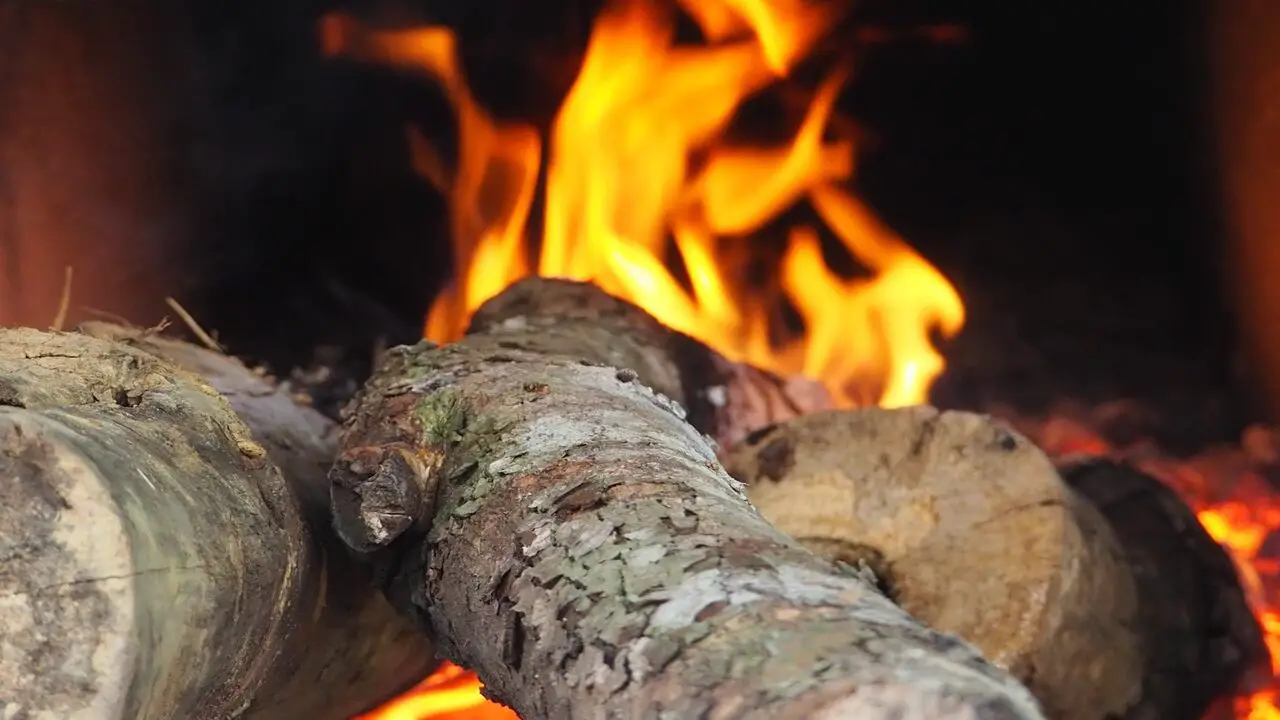
Burning wet firewood comes with several risks. Wet wood tends to produce a lot of smoke, hindering the heating process and contributing to air pollution and indoor air quality issues. The excessive moisture content in wet firewood results in less heat output, causing inefficiency in heating systems.
Furthermore, burning wet firewood leads to creosote buildup in the chimney. Creosote is a flammable substance that can ignite, resulting in a chimney fire. Drying firewood properly is important to minimize these risks and ensure a safe and effective heating experience.
Fastest Way To Dry Wet Firewood: 5 Quick Ways
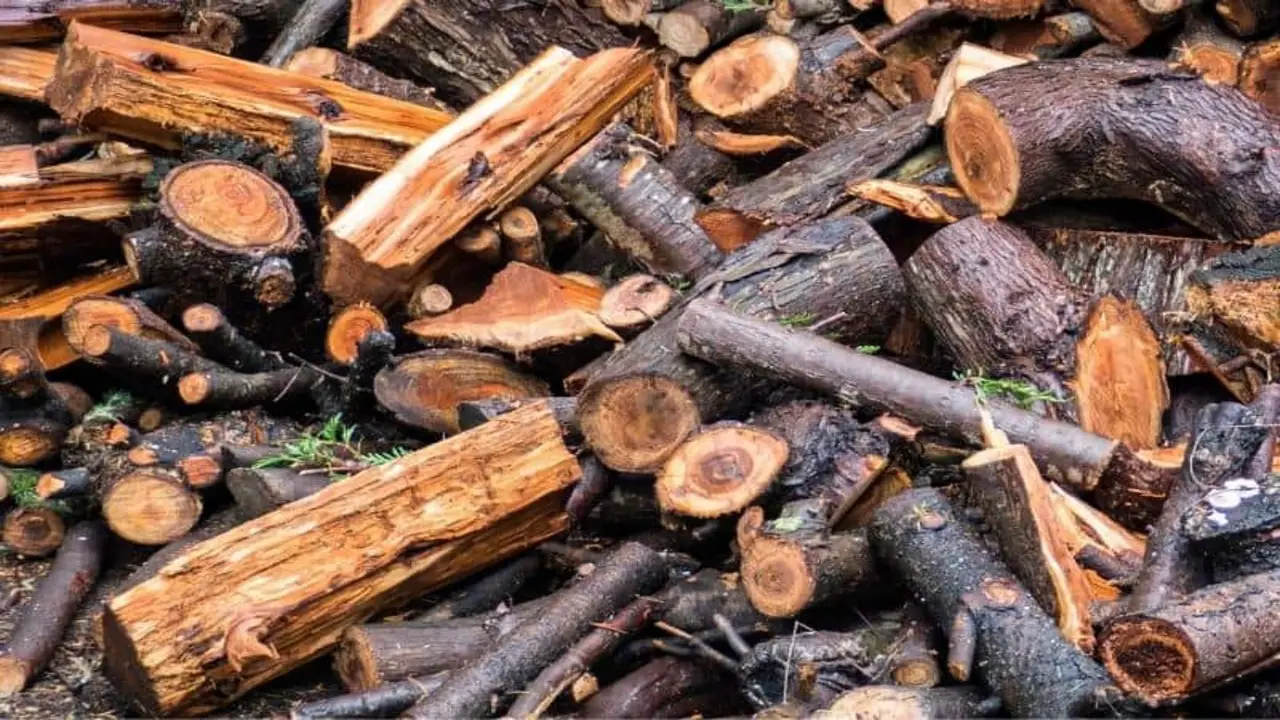
When you find yourself with wet firewood and need it to dry quickly, there are a few methods you can try. Remember, properly dried firewood is essential for efficient burning and reducing smoke emissions. So, allow enough time for your wet firewood to thoroughly dry before using it for your next cozy fireside gathering.
Dry firewood is essential for efficient and safe fires. Wet firewood, on the other hand, can be frustrating to burn and can produce excessive smoke and pollutants. It is important to properly season firewood before using it in a fireplace or wood-burning stove. Here are five quick ways on fastest ways to dry wet firewood.
Split The Wood
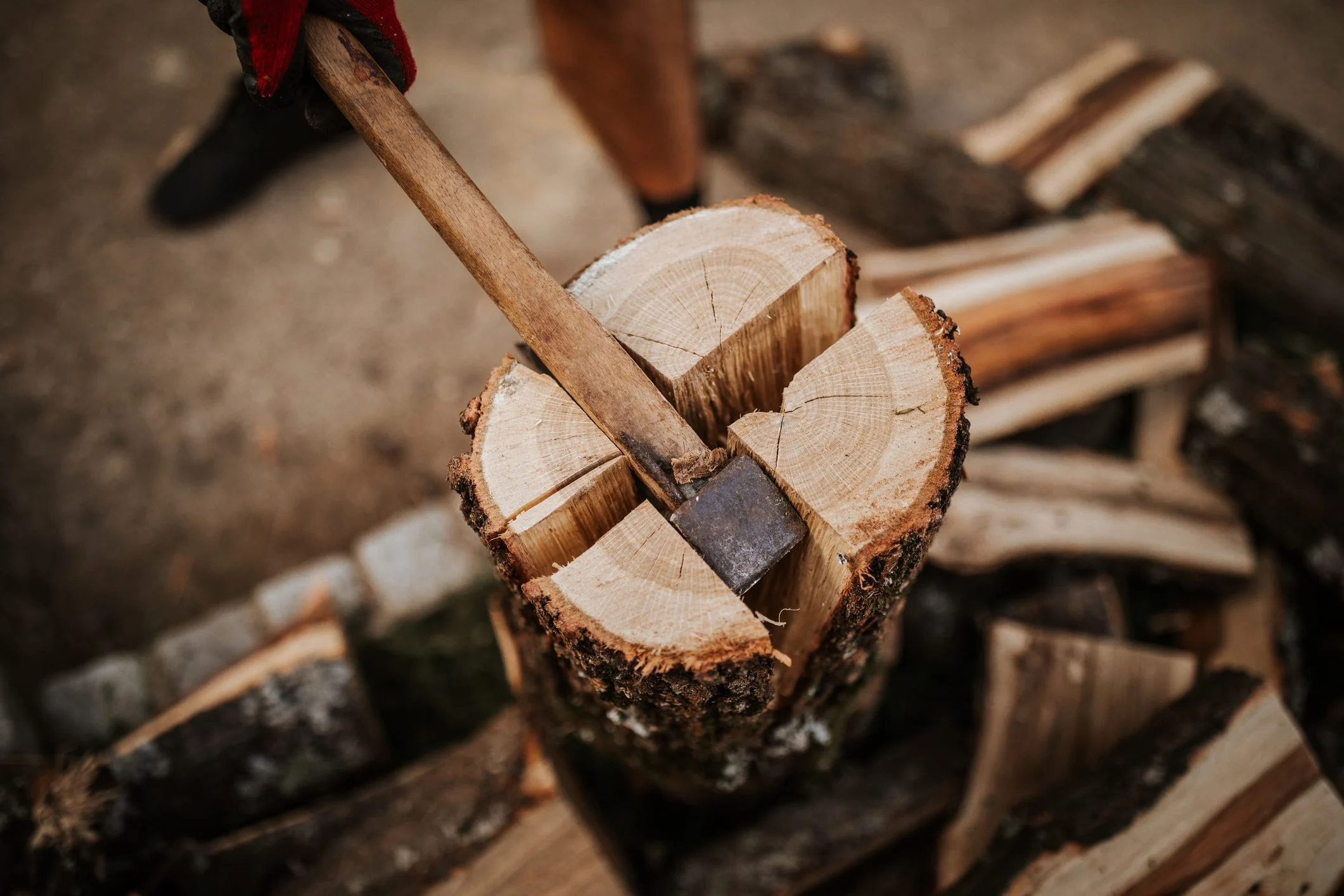
One of the most effective ways to dry wet firewood is by splitting the wood into smaller pieces. When firewood is split, the surface area increases, allowing for quicker moisture evaporation. Greenwood, which refers to freshly cut wood, contains more moisture than seasoned firewood. Splitting green wood into smaller pieces exposes more surface area to airflow, speeding up the drying process.
The smaller pieces of split wood dry much quicker due to their reduced moisture content. When splitting firewood, wearing protective gear, such as gloves and safety glasses, is best to ensure your safety. Additionally, using old pallets or scrap lumber to stack the split wood promotes good airflow, aiding in drying. Well-split firewood dries faster and results in hot fires, ensuring the most heat during the heating season.
Store The Wood In A Sunny And Windy Location
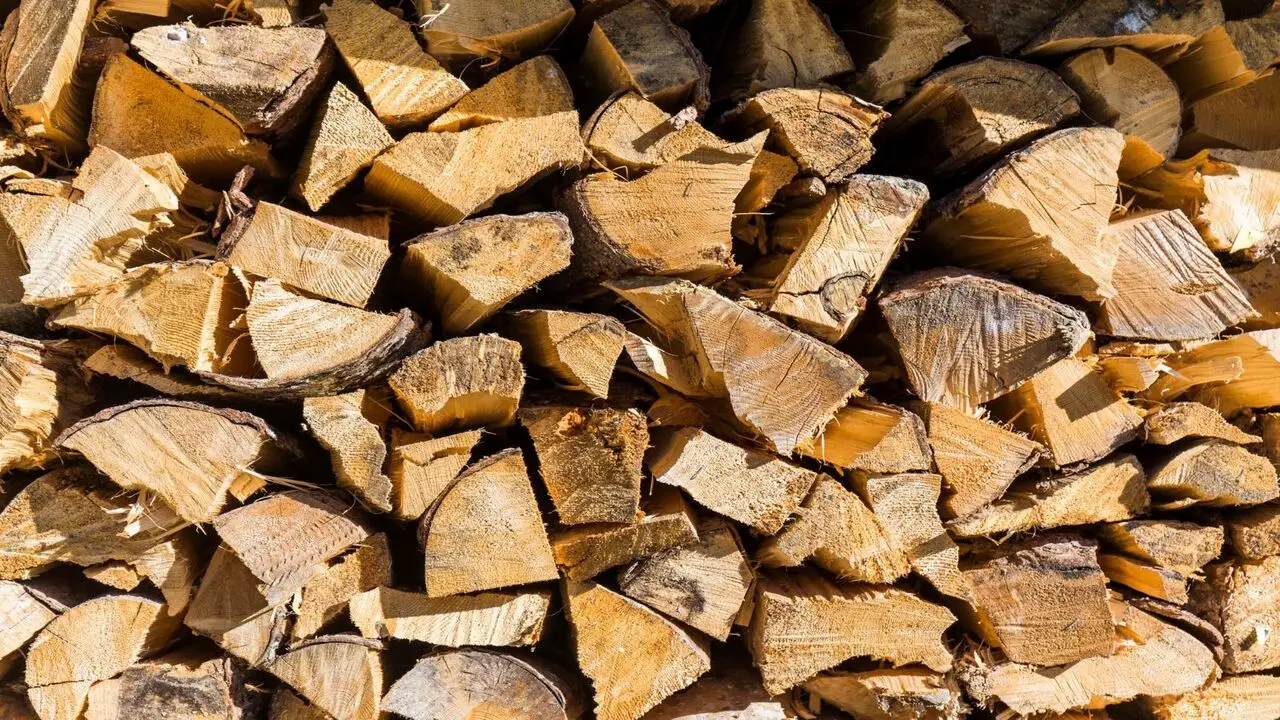
Storing wet firewood in a sunny and windy location is another effective way to dry firewood quickly. A sunny area aids in the drying process by reducing the moisture content of the wood. Placing the wood in a windy location promotes good airflow, accelerating the drying process. When selecting the best place to season firewood, consider an area with ample direct sunlight throughout the day and good air circulation.
This combination ensures the best results in drying firewood, reducing moisture content, and avoiding the growth of mold or rot. By properly storing wet firewood in a location with optimal sunlight and airflow, you can expedite the seasoning process, providing the most heat when using the firewood.
Stack The Wood In A Crisscross Pattern
Stacking firewood in a crisscross pattern is a simple yet effective way to dry wet firewood. The crisscross pattern allows plenty of airflow, ensuring the firewood dries evenly. Here are some tips for stacking firewood stack in a crisscross pattern:
- Start by creating a base layer of firewood logs and arranging them in a single row.
- Stack the next row types of firewood logs perpendicular to the base layer, forming a crisscross pattern.
- Continue alternating the direction of the logs with each row, maintaining the crisscross pattern.
- Leave space between the logs to allow for good airflow.
Properly stacked firewood in a crisscross pattern provides good airflow, accelerating the drying process. This air-drying method ensures that the firewood dries evenly, reducing moisture content and allowing for the most effective way to dry firewood. By stacking firewood in a crisscross pattern, you create a woodpile that dries efficiently, ensuring a ready supply of dry firewood for your heating needs.
Use A Firewood Kiln
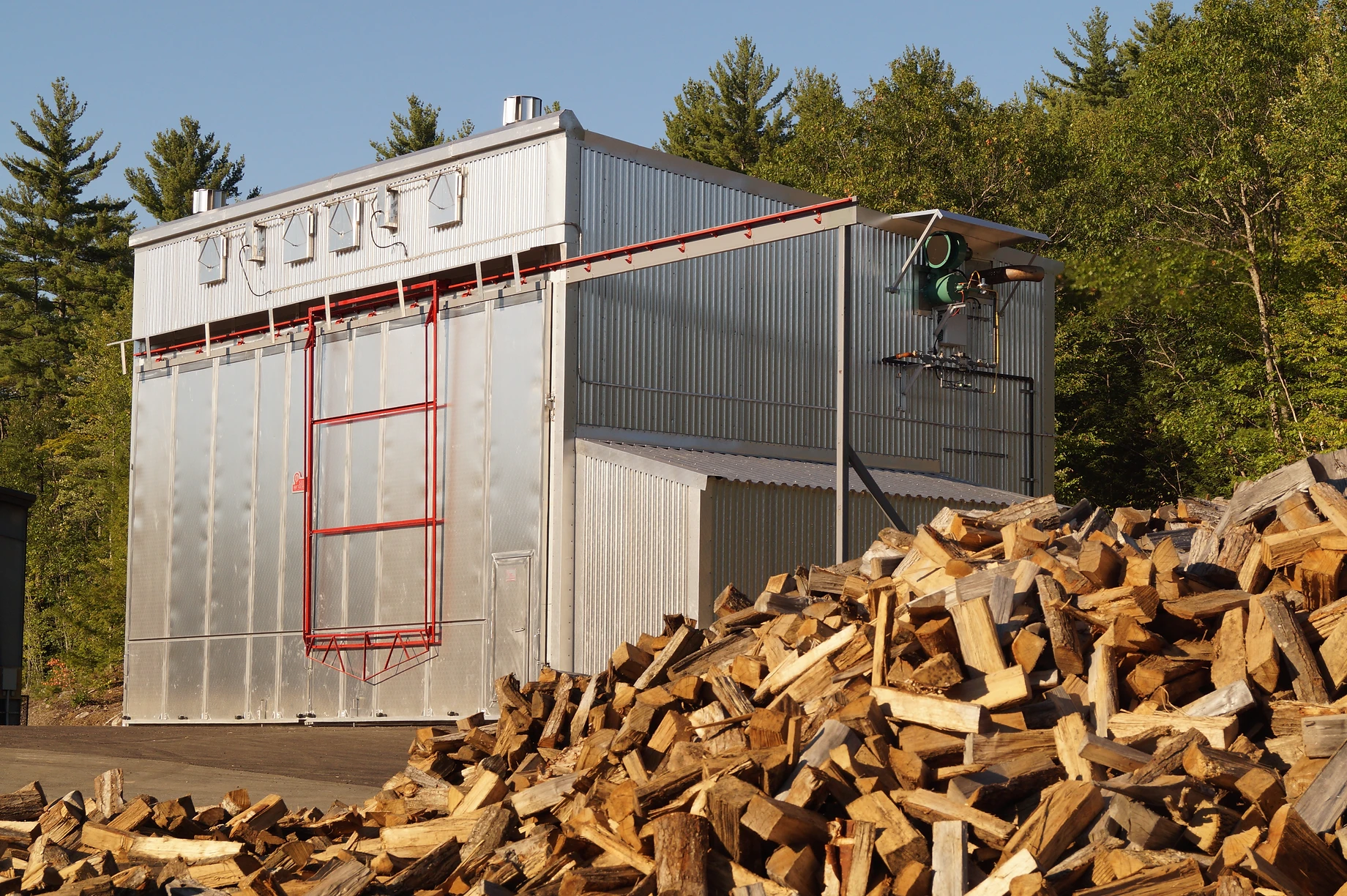
Consider using a firewood kiln if you’re looking for the fastest way to dry wet firewood. A firewood kiln, such as a solar kiln, provides an effective way to season firewood quickly. Utilizing a firewood kiln can expedite the drying process, ensuring that you have dry firewood when you need it most. Here’s how it works:
- A solar kiln has a transparent roof, allowing sunlight to heat the kiln.
- The firewood is stacked inside the kiln, and the heat from the sun rapidly dries the wood.
- Good airflow within the kiln aids in drying, ensuring the dense wood is seasoned effectively.
- Using a firewood kiln, especially a solar kiln, can reduce the moisture level of the firewood, providing the best results in drying firewood quickly. This method is particularly useful if you need dry firewood in a short amount of time or if you regularly season your firewood.
Use A Dehumidifier
Another effective way to dry wet firewood is by using a dehumidifier. A dehumidifier extracts moisture from the surrounding air, reducing the moisture level of the firewood. Remember to regularly check the moisture level of the firewood using a moisture meter, ensuring that it is drying properly.
By lowering the moisture content of the firewood, you can ensure good airflow and effective heating when the firewood is used. Here’s how you can use a dehumidifier to dry firewood:
- Position the dehumidifier near the firewood, ensuring it can effectively remove moisture from the air.
- Set the dehumidifier to the appropriate level, depending on the moisture content of the firewood cover.
- Allow the dehumidifier to run continuously until the firewood reaches the desired moisture level.
- Using a dehumidifier can be especially useful if damp wood requires additional drying.
Using A Moisture Meter To Track Drying Progress
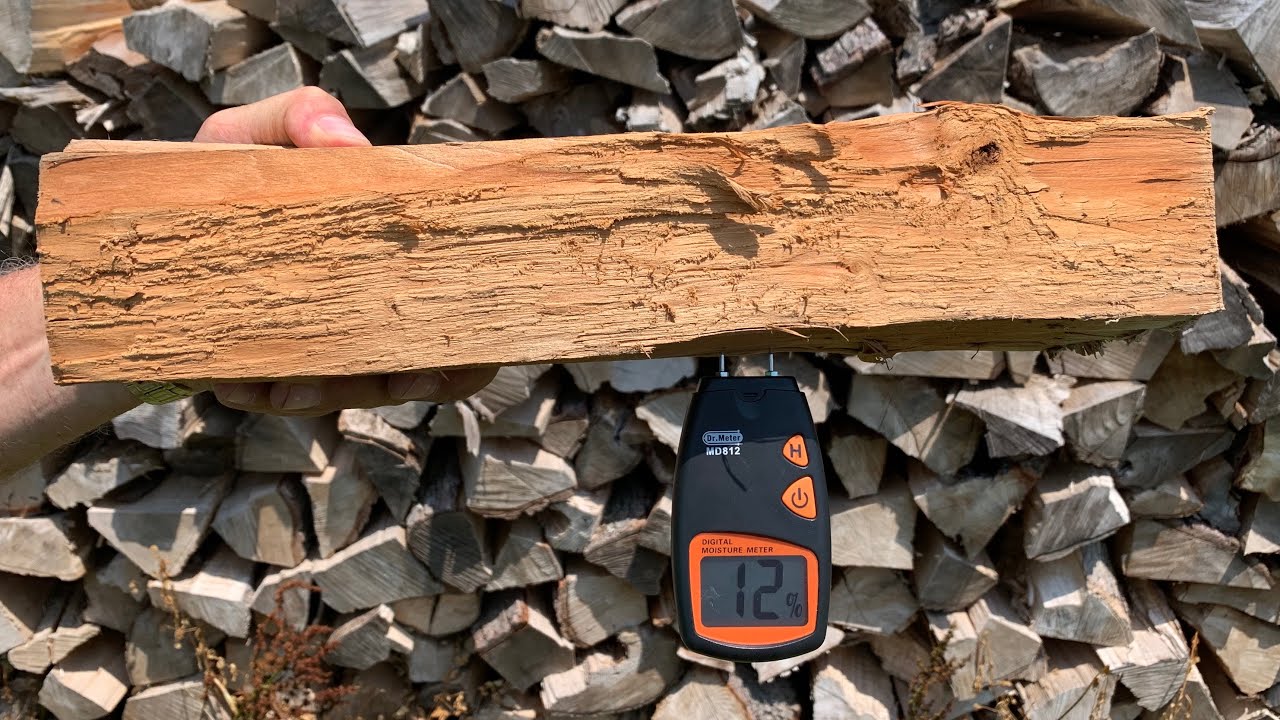
Tracking the drying progress of wet firewood is essential to ensure that it is thoroughly dried and ready for use. A moisture meter is a handy tool that measures the moisture content of the wood, allowing you to monitor the drying process. Here’s how you can use a moisture meter to track the drying progress of firewood:
- Insert the moisture meter probes into the firewood, ensuring they penetrate the wood‘s surface.
- The moisture meter will display the moisture content of the wood, indicating the dryness level.
- Continue checking the moisture level of the firewood regularly, especially during the drying process.
- Once the moisture content reaches the desired level (usually around 15-20%), the firewood is considered dry and ready for use.
- Using a moisture meter helps you determine the moisture level of the firewood and ensures that it is dry enough to be burned efficiently. Properly dried firewood produces less smoke, more heat, and a more enjoyable heating experience.
By monitoring the moisture content with a moisture meter, you can track the drying progress and ensure the most effective way to dry firewood.
Tips For Using A Dehumidifier Or Fan To Dry Firewood
When using a dehumidifier or fan to dry firewood. By following these tips, you can maximize the drying efficiency of a dehumidifier or fan, ensuring firewood has the least moisture content and the most effective way to dry firewood. There are a few tips to keep in mind for the best results:
- Position The Dehumidifier Or Fan Near The Firewood: Place the dehumidifier or fan close to the firewood to ensure effective airflow and moisture removal.
- Use A Fan In Conjunction With A Dehumidifier: Using a fan in combination with a dehumidifier helps promote good airflow, aiding in the drying process.
- Consider Using A Dehumidifier With A Built-In Fan: Some dehumidifiers have a fan, which can further enhance the drying process by improving air circulation.
- Choose The Right Type Of Dehumidifier: Opt for a dehumidifier specifically designed for drying, as they are more effective in removing moisture from the air.
- Regularly Check The Moisture Level: Monitor the moisture content of the firewood using a moisture meter to ensure it is drying properly and reaching the desired moisture level.
Best Practices For Safely And Efficiently Burning Dry Firewood
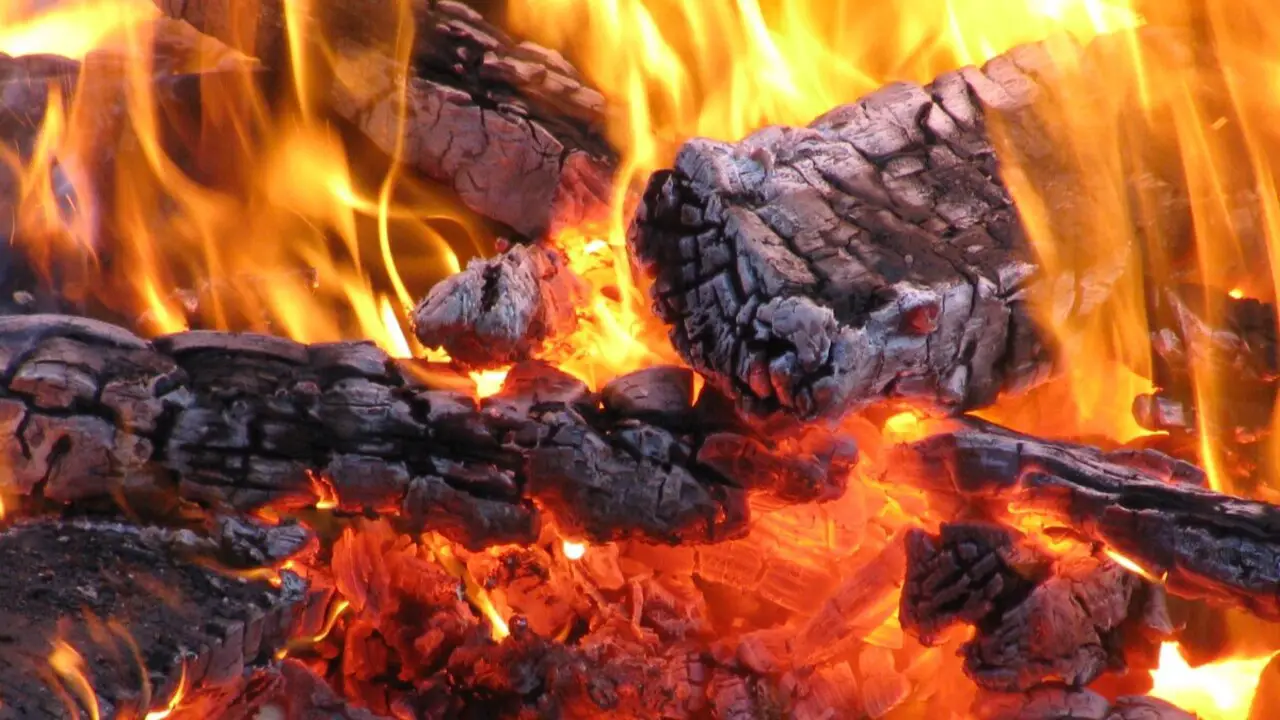
Now that you have successfully dried your firewood, knowing the best practices for safe and efficient burning is important. By following these best practices, you can safely and efficiently enjoy the warmth and ambiance of a fire fueled by dry firewood. Remember to clean the fireplace or chimney regularly to prevent creosote buildup, which can lead to chimney fires. Here are some tips to ensure you get the most out of your dry firewood:
- Burn Only Dry Firewood: Dry firewood burns more efficiently, producing a fire with less smoke and creosote buildup.
- Stack Firewood Loosely: Leave space between the logs for good airflow, promoting effective heating.
- Start With Kindling: Begin the fire by using smaller pieces of dry firewood or kindling to help ignite the larger logs.
- Use Hardwoods For Longer Burn Times: Hardwood, such as oak or maple, typically burns longer and produces more heat than softwood.
- Use Softwood For Quick Heat: Softwood, like pine or fir, ignites quickly and provides immediate heat. It’s best used as kindling or in combination with hardwood logs.
- Maintain Good Airflow: Ensure proper ventilation in your fireplace or wood stove to allow for the dry firewood’s most effective heating and combustion.
Conclusion
Drying wet firewood is crucial for a safe and efficient fire. Burning wet firewood can lead to excessive smoke, poor combustion, and an increased risk of chimney fires. There are several effective methods for drying wet firewood quickly. Splitting the wood allows for better airflow and faster drying. Storing the wood in a sunny and windy location helps accelerate the drying process.
Stack the wood in a crisscross pattern to improve airflow. Using a firewood kiln or a dehumidifier can also speed up the drying time. Remember to use a moisture meter to track the progress of drying. Following these tips, you can ensure your firewood is properly dried and ready to provide warmth and comfort during those chilly nights.



